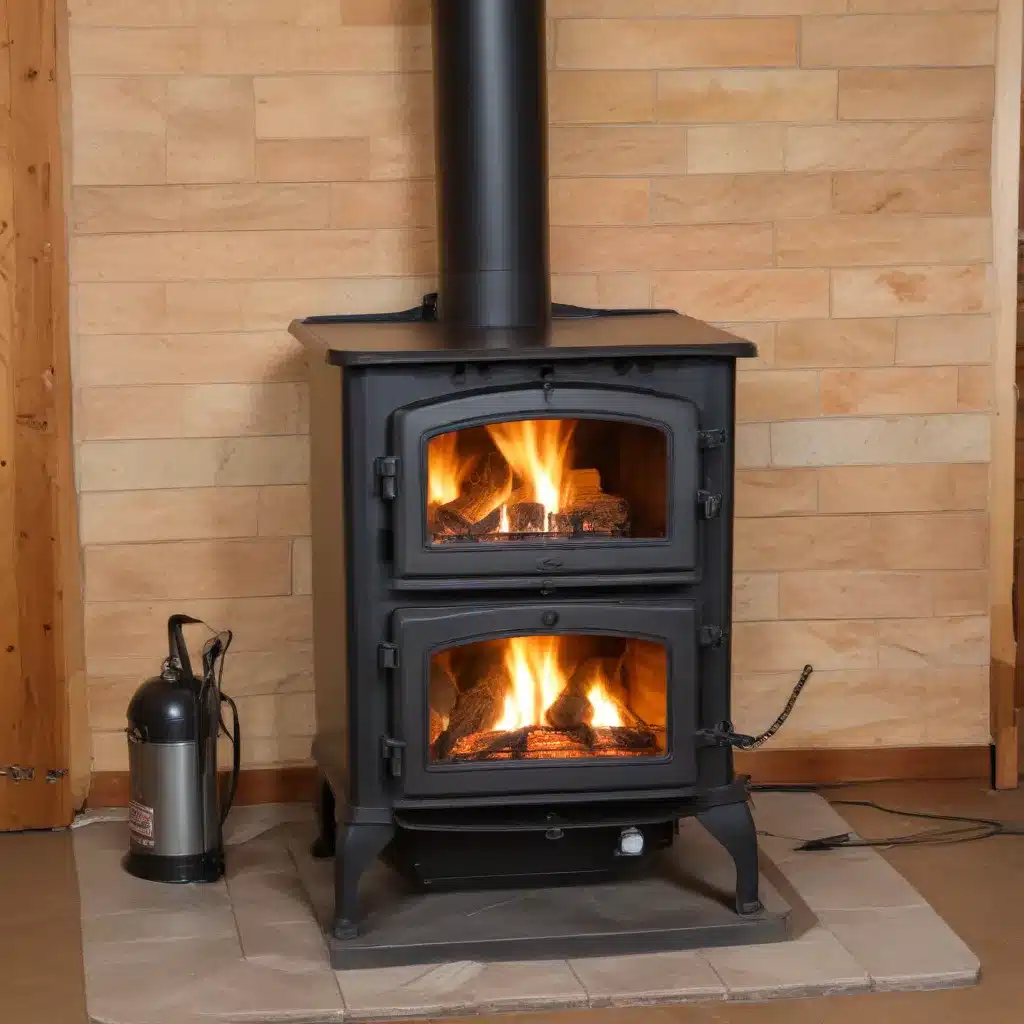
Understanding the Importance of Certified Wood Stoves
As a seasoned expert in wood stove heating solutions, I understand the importance of ensuring your wood stove meets the latest certification requirements. Whether you’re replacing an old, inefficient model or installing a new one, navigating the certification landscape can be a daunting task. However, it’s crucial to ensure your wood stove not only functions effectively but also adheres to environmental regulations and safety standards.
The recent EPA regulations that went into effect in 2020 have raised the bar for wood stove emissions, requiring new models to emit less than 2 grams per hour of particulate matter. This shift has prompted manufacturers to develop increasingly efficient and clean-burning wood stoves, making it more important than ever to choose a certified model.
In this comprehensive guide, we’ll explore the certification requirements for replacing a wood stove, provide practical tips for ensuring a successful installation, and offer insights into maintaining your new wood stove for optimal performance and energy efficiency.
Identifying Certified Wood Stoves
The first step in navigating the certification requirements for a wood stove replacement is to understand how to identify a certified model. The EPA certification label is the best way to determine if a wood stove meets the current emissions standards.
This label will typically be located on the back or side of the stove and will include important information such as:
- The EPA certification number
- The particulate matter emission rate, which should be less than 2 grams per hour
- The overall efficiency rating of the stove
It’s important to note that older wood stoves, even those that were previously certified, may no longer meet the latest EPA standards. If you’re unsure about the certification status of your current wood stove, you can consult the Oregon Department of Environmental Quality’s website for guidance on determining the certification status of your device.
Navigating the Certification and Installation Process
Once you’ve identified the need to replace your wood stove, the next step is to ensure that your new model is properly certified and installed. Here are the key steps to follow:
1. Research and Select a Certified Wood Stove
Carefully research wood stove models that are certified to meet the current EPA emissions standards. Look for models that not only meet the certification requirements but also align with your heating needs, home layout, and budget. Reputable manufacturers like HearthStone offer a range of certified wood stoves that combine advanced combustion technology with stylish designs.
2. Obtain the Necessary Permits
Before installing a new wood stove, you’ll need to obtain the appropriate permits from your local building or fire department. These permits ensure that your installation meets all relevant safety and building codes. Neglecting to obtain the necessary permits can result in fines or even the requirement to remove the stove.
3. Hire a Qualified Installer
It’s highly recommended to hire a professional wood stove installer to handle the installation process. They have the expertise to ensure your new stove is properly positioned, vented, and connected to your home’s heating system. Attempting a DIY installation without the proper knowledge and tools can be dangerous and may not meet local code requirements.
4. Ensure Proper Clearances and Ventilation
One of the critical factors in a safe and effective wood stove installation is maintaining the appropriate clearances from combustible materials, such as walls, furniture, and windows. Your installer will be able to provide guidance on the required clearances based on the specific model and your home’s layout. Additionally, proper ventilation is essential for efficient and safe operation, so your installer will need to ensure the stove’s flue and chimney system are correctly configured.
5. Register the New Wood Stove
After the installation is complete, be sure to register your new certified wood stove with the appropriate authorities, such as your local fire department or the Oregon Department of Environmental Quality. This registration process helps ensure compliance with local regulations and provides documentation should any issues arise in the future.
Maintaining Your Certified Wood Stove
Proper maintenance is key to ensuring the long-term performance, efficiency, and safety of your certified wood stove. Here are some essential maintenance tips:
- Regularly clean the stove’s interior, including the firebox, flue, and air intake vents, to prevent buildup of creosote and ash.
- Inspect the door gaskets and replace them if they become worn or damaged, ensuring a tight seal.
- Check the catalytic converter (if your stove is equipped with one) and replace it according to the manufacturer’s recommendations.
- Properly season and store your firewood to maintain a moisture content below 20%, which will optimize combustion and minimize emissions.
- Familiarize yourself with the stove’s operation, including proper loading techniques and air flow adjustments, to ensure efficient and clean-burning performance.
By following these maintenance practices, you can extend the lifespan of your certified wood stove, maintain its efficiency, and continue to enjoy the warmth and ambiance it provides.
Embracing Sustainable Heating Solutions
As we navigate the evolving landscape of wood stove regulations and technology, it’s important to remember the broader benefits of sustainable heating solutions. Wood stoves, when properly certified and maintained, offer a renewable, carbon-neutral energy source that can significantly reduce our reliance on fossil fuels.
By choosing a certified wood stove and following best practices for installation and maintenance, you’re not only ensuring compliance with environmental regulations but also contributing to a more sustainable future. As an expert in the field, I encourage you to explore the wide range of certified wood stove options that can provide efficient, clean-burning, and visually appealing heating solutions for your home.
Remember, the key to successful wood stove replacement lies in understanding the certification requirements, hiring qualified professionals, and maintaining your new stove with care. By taking these steps, you’ll be well on your way to enjoying the warmth, ambiance, and environmental benefits of a certified wood stove in your home.


